Back in 2014 Brazil played host to the World Cup Soccer Tournament. Soccer is one of the few sports I actually enjoy watching live or on TV and it was the impetus for learning more about the country. Although I have yet to visit Brazil, I now know a little bit more about the country. Enjoy this list of 30 fun and interesting facts about Brazil.
The size of Brazil
Brazil is the fifth largest country in the world. Brazil has 26 states and one federal district. It has 7,400 km of coastline along the Atlantic Ocean!
How it got its name
One of the interesting facts about Brazil it that it is named after a tree – brazilwood.
The capital of Brazil is Brasilia was founded on April 21, 1960. It’s a planned city with modern architecture.
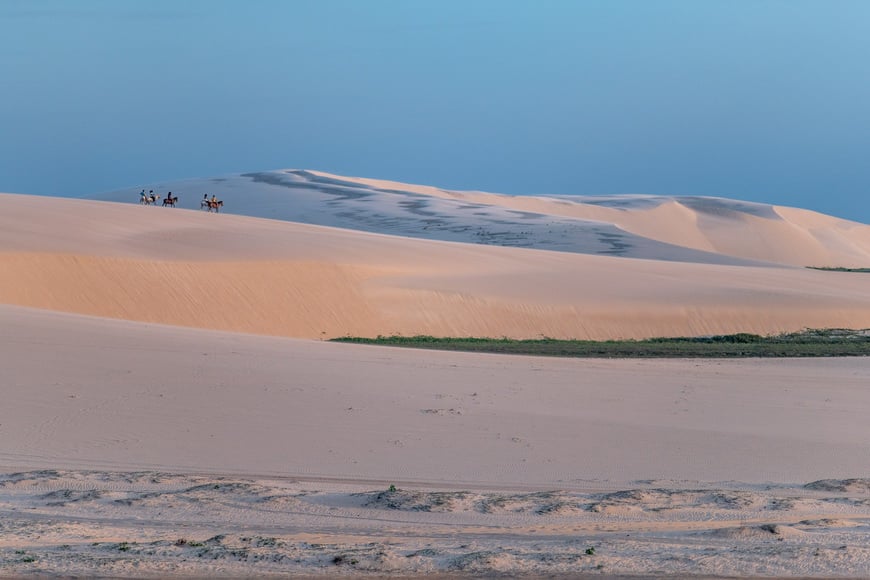
Border countries of Brazil
Brazil shares a border with nine countries – every South American country except Chile and Ecuador. Specifically those countries are specifically, Uruguay to the south, Argentina, Paraguay, and Bolivia to the southwest, Peru to the west, Colombia to the northwest and Venezuela, Guyana, Suriname, and French Guiana to the north.
Interesting facts about Brazil related to its highest point
The highest point is Pico da Neblina (translates to Peak of Mist) at 2,994 metres (9,820 feet). The border of Brazil and Venezuela runs through the mountain, but the peak itself is in Brazil.
Interesting facts about Brazil and soccer
Brazil is ranked number 9 in the world soccer standings.
Brazil has won the World Cup five times, more than any other nation. Its most famous player is Pele. The 2014 FIFA World Cup was held in Brazil in June 2014.
Virtually every Brazilian city has a soccer stadium because they are crazy about soccer.
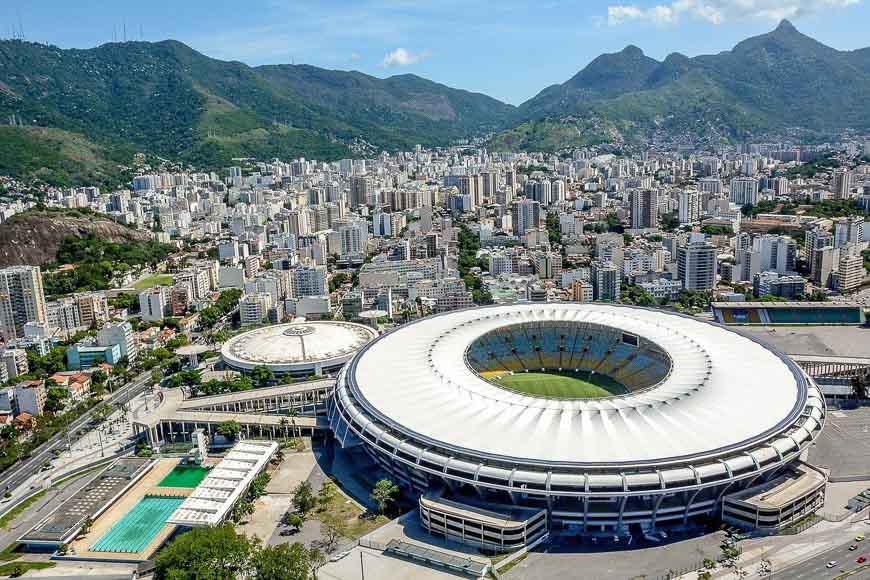
Interesting facts about Brazil related to the Amazon
The Amazon River is the second longest river in the world and the world’s largest river by volume. It travels through five countries – Ecuador, Colombia, Venezuela, Bolivia and Brazil – where it empties into the Atlantic Ocean. The two major cities in Brazil on the Amazon River are Manaus and Belém.
The Amazon Jungle has the greatest biodiversity on the planet.
Brazil has 64 national parks and more than 200 conservation units. One of the interesting parks – Lencóis Maranhenses National Park is home to sand dunes that are formed by wind and ocean currents. The dunes can reach heights of 40 metres.
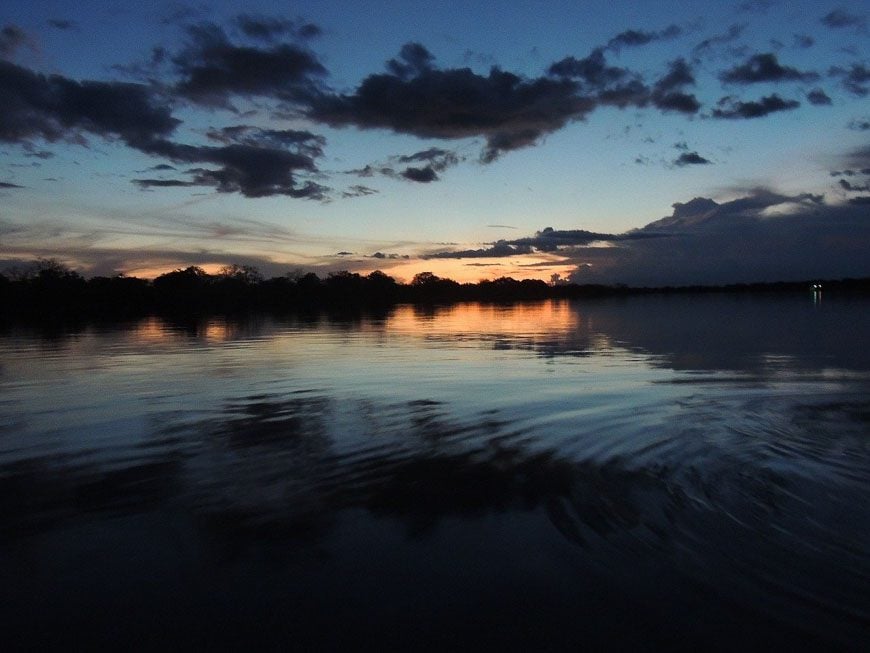
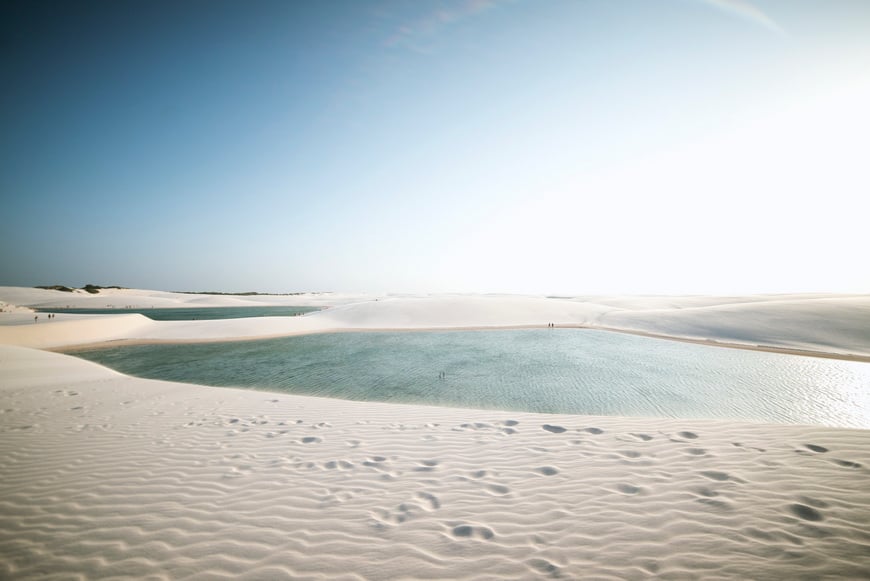
Interesting facts related to the population of Brazil
Brazil has the fifth largest population in the world estimated to be over 200 million people.
There are 13 cities with more than one million people in Brazil.
Brazil has the largest lusophone population in the world. What’s a lusophone? A lusophone is a Portuguese speaker. Why lusophone? It’s because the Roman province of Lusitania covered most of Portugal.
Sao Paulo has over 12.4 million residents and Rio de Janeiro over 6.7 million. Other cities with huge populations include Brasília, Salvador, Fortaleza, Bela Horizonte, and Manaus.
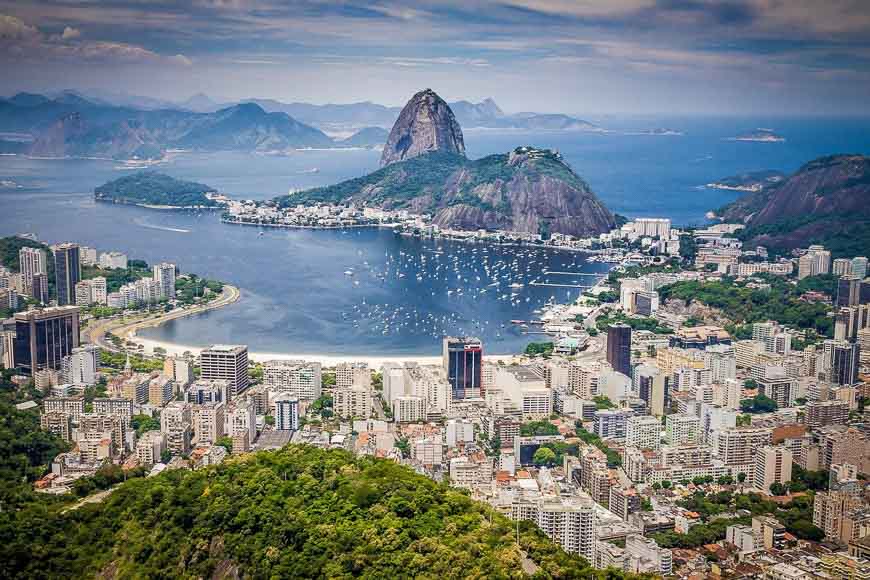
Size of the Brazil economy
One of the interesting facts about Brazil is that it boasts the ninth largest economy in the world, just behind the UK and just ahead of Russia, according to the iInternational Monetary Fund in late December 2023. Canada is number 11.
The services sector is the largest contributor to the Brazil economy.
Brazil as a Portuguese colony
Brazil was a Portuguese colony for over 300 years and gained its independence in 1822.
The Portuguese spoken in Brazil is evidently most similar to that spoken in the 16th century.
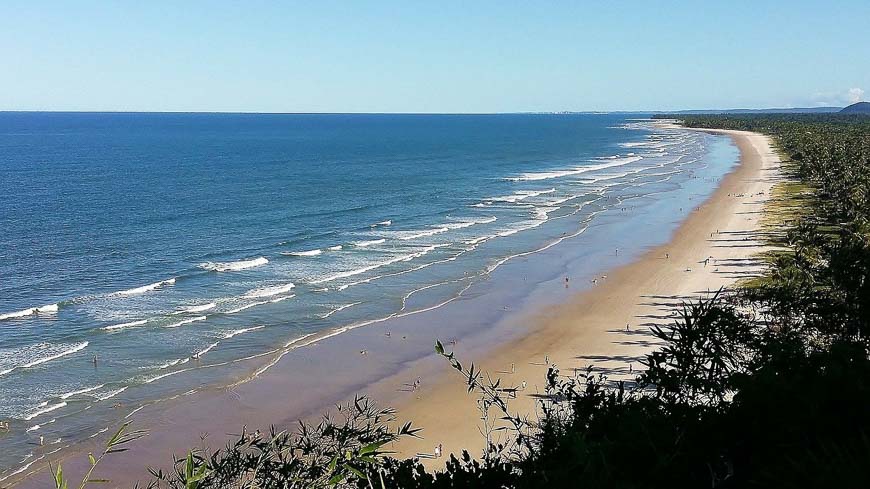
Indigenous people have inhabited Brazil for thousands of years and there are 180 languages spoken.
In 2007, it was reported that were 67 tribes who have never had contact with modern man.
Brazil and West Africa were once attached but were broken apart by plate tectonics. Notice how they fit together on a map.
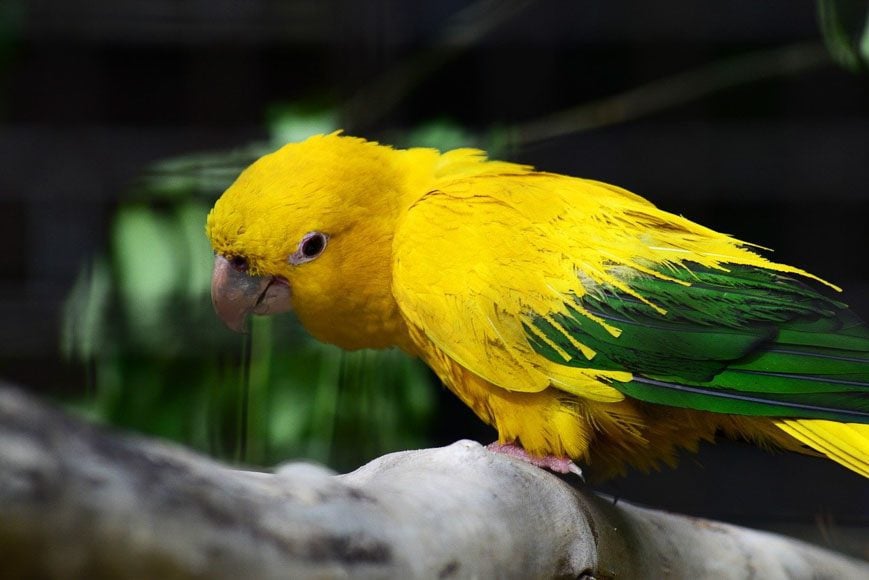
Interesting facts about the rocks in Brazil
Sugar Loaf Mountain, in Rio de Janeiro, is a volcanic plug.
A large portion of Brazil is underlain by Precambrian shield, some of which is older than 2.4 billion years.
Brazil produce large quantities of iron ore but also copper, gold and diamonds.
Brazil is self-sufficient in energy.
Petrobras, the state owned oil and gas company, has made some huge oil discoveries offshore in the Atlantic lying underneath salt layers.
Random interesting facts about Brazil
The Itaipu Dam, located on the border between Brazil and Paraguay, is the second largest hydroelectric producer in the world. The dam is 7.7 kilometres long and 196 metres high.
Samba music developed in Brazil in the 1800’s, is still tremendously popular.
The Pantanal, located in the central-west part of Brazil is in a flat, swampy area. It is the world’s largest wetland. This is where you’ll find giant anacondas (a type of snake), capybaras, and South American alligators called caimans.
Interesting facts about Brazil related to Carnival
Brazil effectively shuts down for Carnival with partying day and night. It is held from the Friday to Tuesday before Ash Wednesday.
Approximately 500,000 foreigners attend Carnival every year. Two million people take to the streets of Brazil every day during Carnival.
Brazil’s Carnival is the largest carnival in the world and a Guinness book record holder.
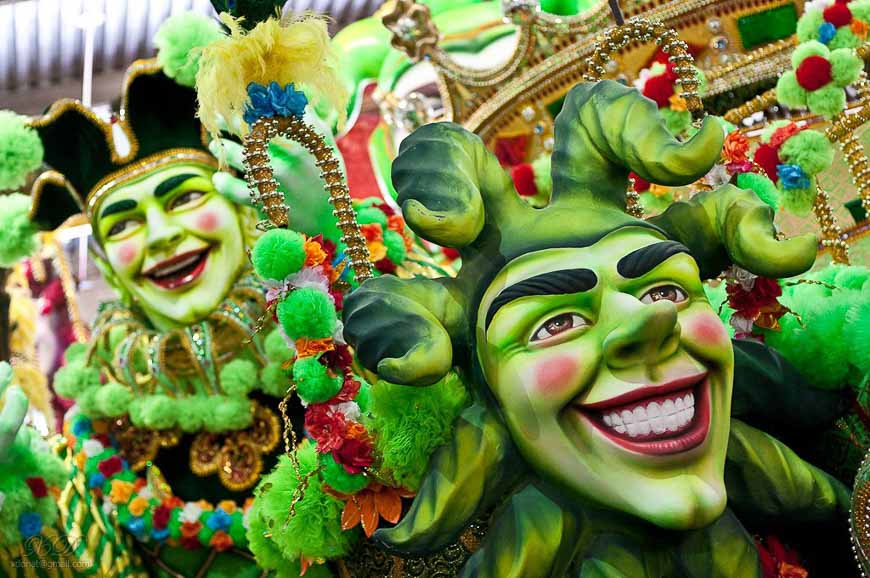
Have you been to Brazil? Are there any interesting or unusual facts you’d like to share?
For more information about Brazil, visit the tourism information website.

